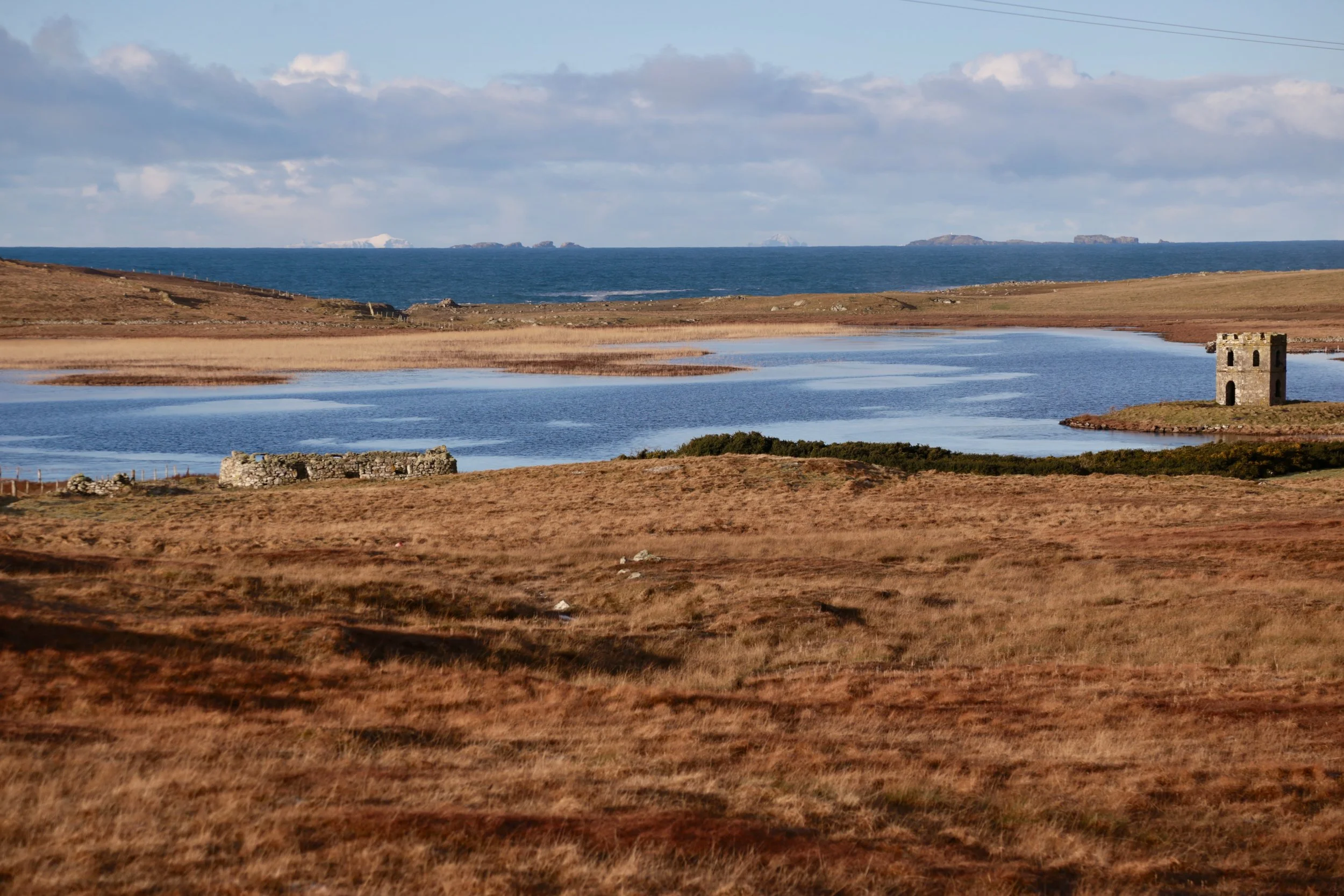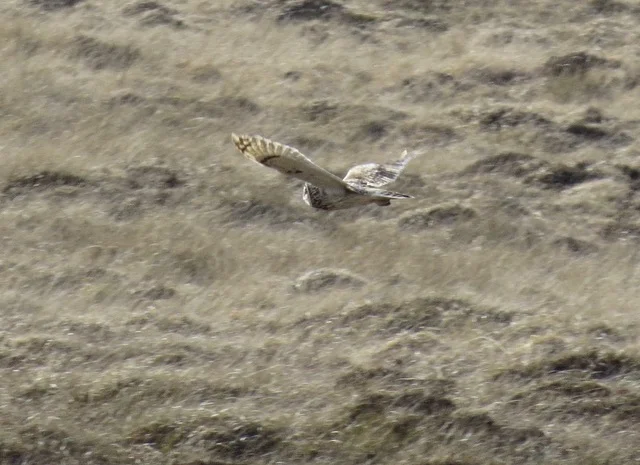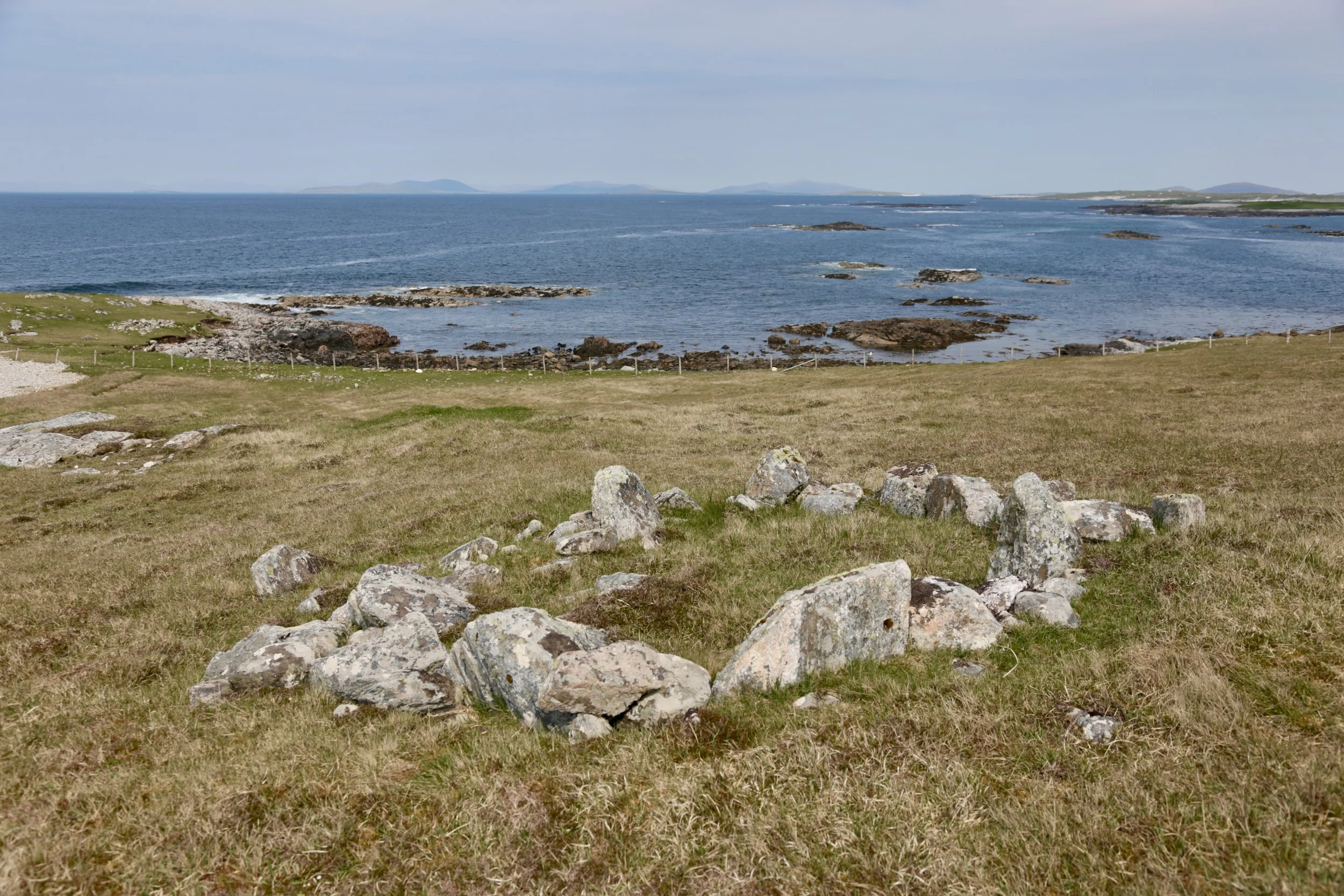This is our collation of the salient facts concerning the Spaceport 1 proposal
A Spaceport project, although not initially for vertical launch, has been under consideration for the Western Isles for a number of years.
In 2016, the favoured site was the Hebrides Range at Geirinis: https://www.express.co.uk/news/uk/655865/Scotland-commercial-rocket-site-QinetiQ-Airbus
Without general public knowledge or any consultation, the land at Scolpaig was purchased by CnES for £1 million at the beginning of June, 2019. Public money (‘prudential borrowing’) was used to fund the purchase. No details have been given of how the loan has been/ will be serviced during the revised (proposed) 3 year period for the required testing using Sounding rockets.
CnES clearly has had no concept of the mood and appetite of the community in them first buying the land, and then applying for planning consent to site a Spaceport at Scolpaig.
Until mid-August 2019 there had not been a single public meeting held to consult with the community about the Spaceport proposal.
The planning application for Phase 1 of the Spaceport was submitted by CnES on 27th June 2019. The original deadline for comments was 18th July, 2019.
Only after mounting objections from members of the community did CnES/ the Consortium organise public consultation meetings and postpone the initial deadline for comments on the planning application.
Despite the requirement for an Environmental Impact Assessment (‘’EIA’’) as referenced in the Scoping Report specifically prepared for the proposed Spaceport development (Atkins 2018), CnES has endeavoured to bypass this process for the Phase 1 planning application.
CnES argues that no EIA is necessary, due to the nature of the application and the small area of the site affected. The Spaceport 1; Community Newsletter Aug, 2019 advises that the purpose of the required infrastructure is “to safely launch small sounding rockets.” and, “ .. to demonstrate the viability of the site .. ”.
This will still have an unknown impact on the environment and include a change of use from agricultural to industrial. This is a fundamental and major change of use that could influence how the land can be developed indefinitely into the future.
The Community Newsletter also makes it clear that this is the first stage of a significantly larger project for the commercial launching of rockets carrying satelites to orbit.
By applying for planning consent in a phased way, CnES/ the Consortium would appear to be trying to avoid the need for proper consultation and the preparation of an EIA for Phase 1 - a point forcibly made against the application by the Scottish Environmental Protection Agency (SEPA).
The perception is that CnES/ the Consortium are attempting to be first in the race to develop a vertical launch Spaceport in Scotland. The opinion of the community and environmental consequences appear to be of lesser importance than getting ahead of the competition.
Spaceport 1 stated in the Community Newsletter, “ .. very modest infrastructure required to enable us to start to demonstrate the viability of the site .. ”
At the public meetings it was suggested by CnES/ the Consortium that if the site was proved unviable following the Phase 1 testing works, that de-commissioning/ dismantling/ remediation of the site might not necessarily be undertaken because, and referencing Scottish Environment Protection Agency, it might cause further damage. This is not consistent with the suggested ‘’very modest infrastructure‘‘ .
We do not believe that any research has been undertaken into the impact upon existing tourism (particularly wildlife tourism) of the Spaceport proposal. If it exists, we ask CnES and HIE to disclose the results.
CnES/ the Consortium have admitted that rocket fuel cannot be brought to the island via the ferries. It would require to be separately brought onto the island.


